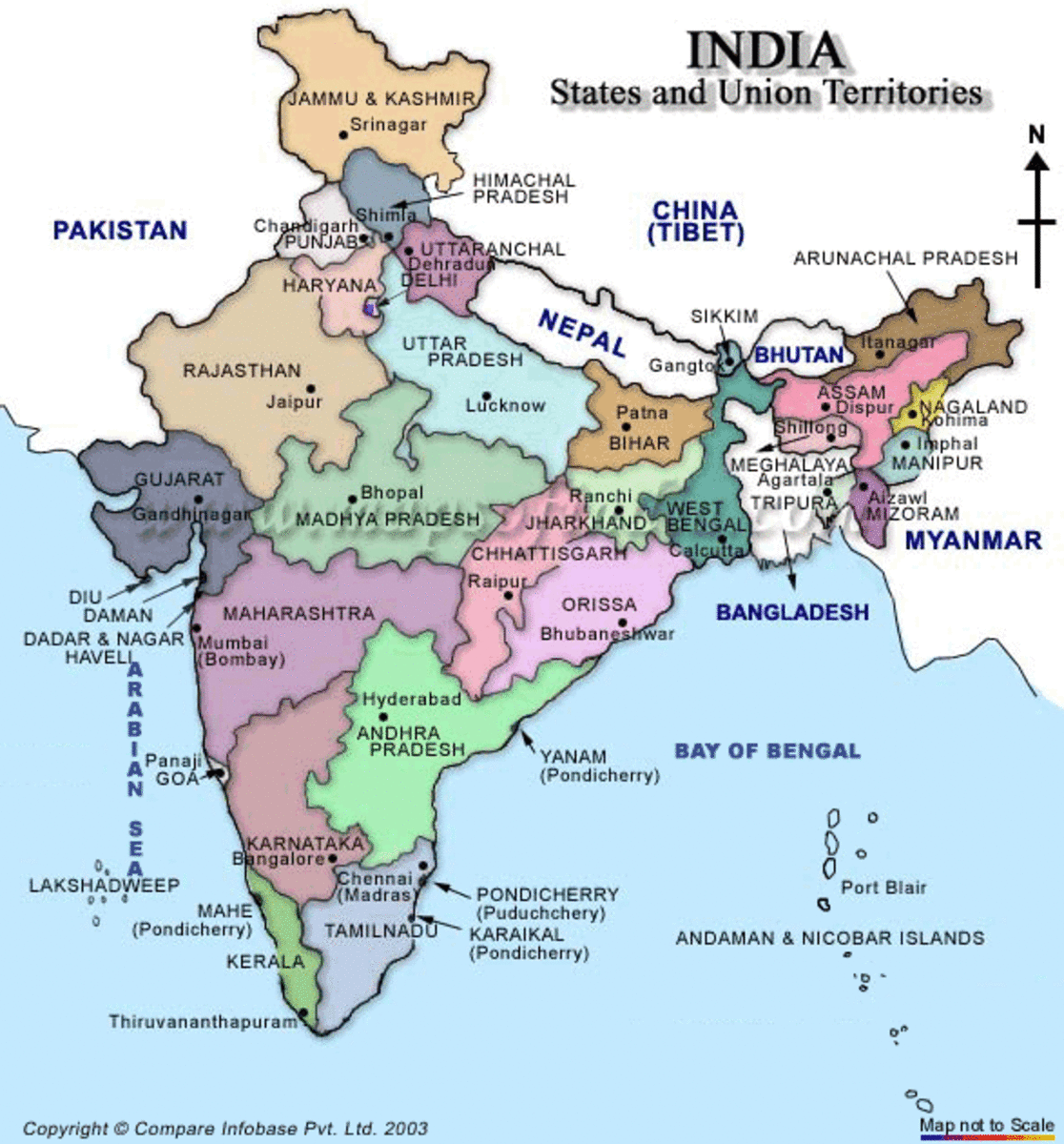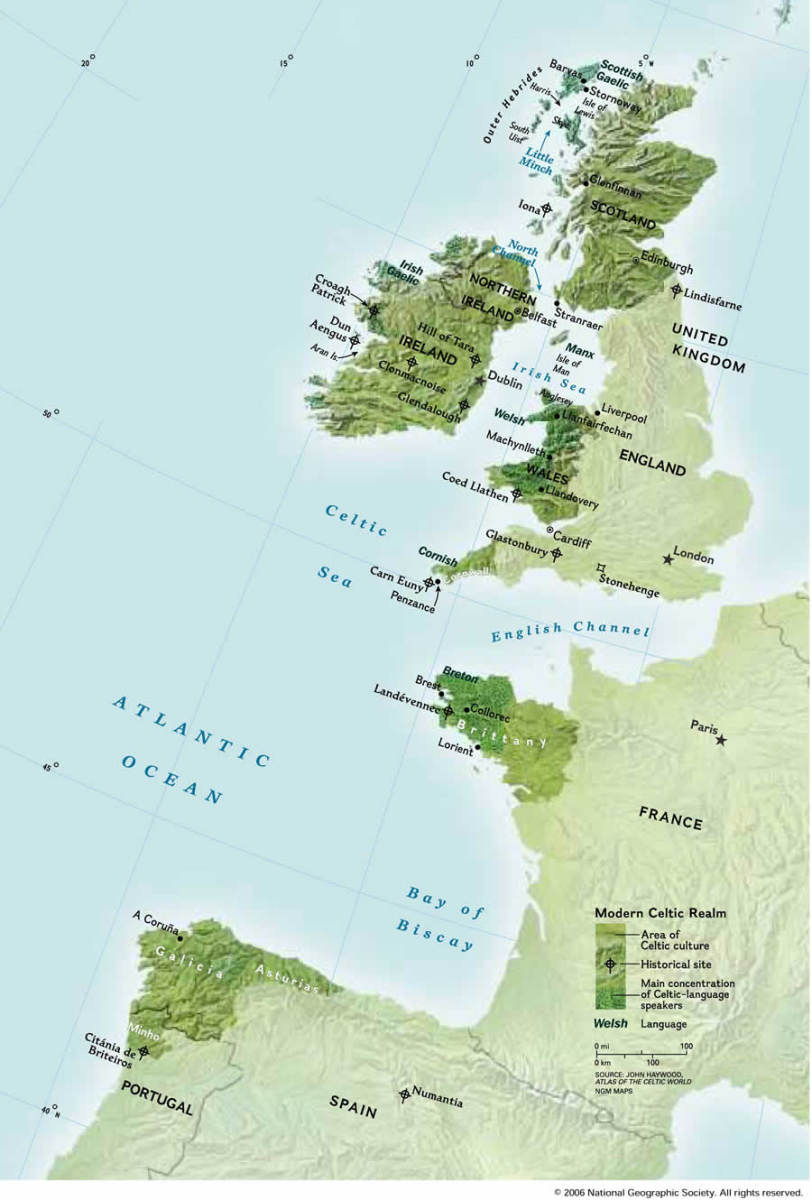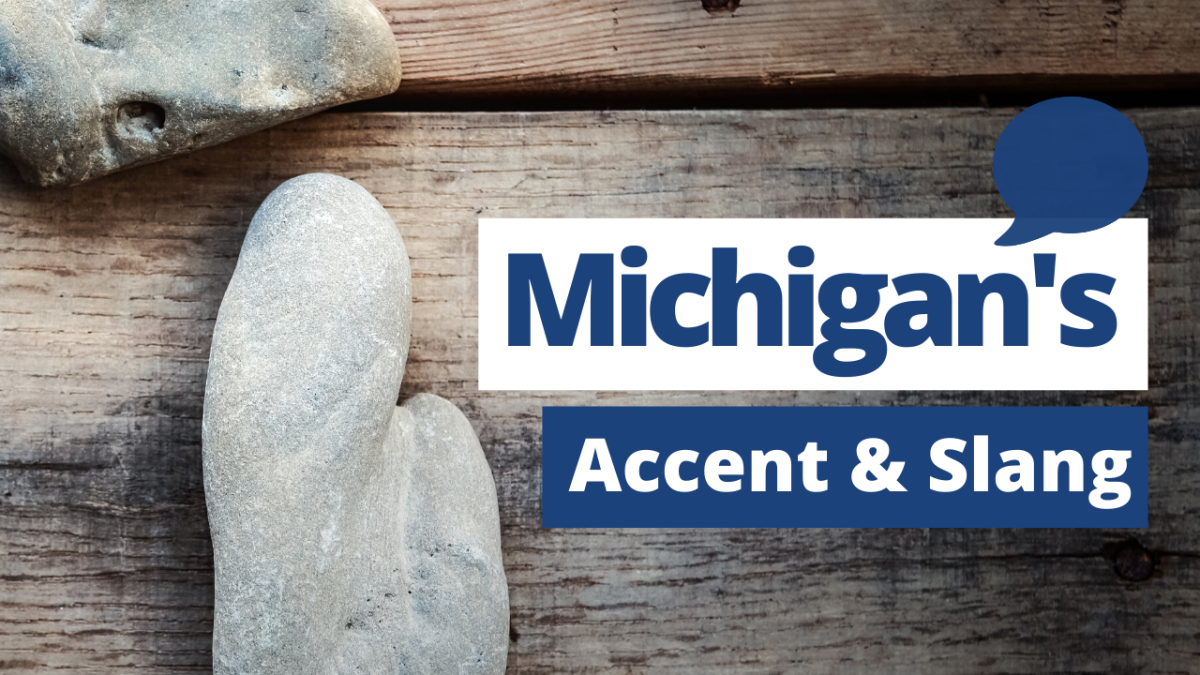Ten Amazing Tongues

Anglo-Saxon
Anglo-Saxon, also known as Old English and Ænglisc, is a language from antiquity. It was the tongue of the Ængles. It is where we get the title for our own languages (English). The land of the Ængles is now known as England (Angle-Land). Anglo-Saxon was a language spoken by a variety of tribes, including the Angles and Saxons. Anglo-Saxon developed into Middle English, and later contemporaneous manifestations of English. Anglo-Saxon is a Germanic language, like Scots, German, and Danish.
Shetlandic
Our second tongue is Shetlandic. The Shetlandic tongue is sometimes considered a dialect of the Scots language. Shetlandic has been influenced by Norn. It is a Germanic tongue. There are a number of works written in this dialect.
Spanish
Spanish is one of my favorite languages. Contemporary Spanish has a number of modern dialects. Early Spaniards traveled the world. Subsequently, the Spanish language traveled with them. Spanish, in all of her forms, comes from Latin. Thus, Spanish is a Romance language. Like Modern English, written Spanish primarily uses the Latin alphabet, with some borrowed letters from Greek.
Punjabi
Fourth, we will briefly discuss Punjabi. The 'Mul Mantra' of the 'Guru Granth Sahib' is spoken in Punjabi. It is an Indo-Iranian language, like Sanskrit. In fact, Punjabi emerged out of the Sanskrit language.
Latin
Latin is the common ancestor of the Romance languages. These languages include Spanish, Portuguese, Catalan, and French. It is also a source for our English alphabet. It is a gorgeous tongue.
Arabic
Arabic is our sixth language. It is a Semitic language, like Hebrew and Amharic. It is, in its written manifestation, a cursive language. When written, most of the letters in a word will generally connect. Letters even change depending on where they are positioned in a word; like capital and smaller case letters in Spanish and English. Arabic is the tongue that 'Al Qur'an' was originally recited by al nabi Muhammad. This unique cursive writing distinguished Arabic from Hebrew, even though both languages share multiple similarities.
Coptic
Coptic is the final form that the Egyptian language took. The Egyptian languages were eventually mostly replaced. However, partially due to the Coptic church, the Coptic tongue has survived. Unlike all of her predecessors (even Demotic), Coptic was written in an alphabet which appears to mostly come from the Greek alphabet.
All other manifestations of the Egyptian language are rooted in the ancient Egyptian pictographs. Of course, Greek is also based in pictograms.
Sanskrit
Eighth, we will be discussing Sanskrit. This is a language from India's antiquity. For many years, many of Asia's scriptures have been recited and written in this beautiful language. Multiple famous mantras have their initiation here. Contemporary English has borrowed words like "Nirvana", and "yoga" come from Sanskrit.
Elizabethan English
Elizabethan English is a form of Early Modern English. It still used the long "s" spelled "ſ". The more modern short "s" comes from a variation of the Greek letter Sigma, or "ς". Elizabethan English was the English of the initial 'King James' Bible'
(note that numerous modern updated renditions go by the exact same name).
One spelling item that separated Elizabethan English from many contemporary English dialects was that "have" was spelled "haue". That is, "u" and "v" were the same. Only, "u" was used in between other letters in a word. Like Modern Southern United States Vernacular English, with its "y'all" (plural) and "you" (singular); Elizabethan English had various forms of her second person pronouns.
Tagalog
Finally, we have Tagalog. Tagalog is a wonderful tongue which once had a script separate from their current Latin-based alphabet. Tongues such as Filipino, Waray-Waray, and Cebuano are often considered dialects (and not separate languages). This is contested, just as Shetlandic's status as a dialect of English is (or, is it a dialect of Scots or its own language?). Modern versions of Tagalog borrow heavily from Spanish and English. Some English words also come from Tagalog.
© 2019 Alexander James Guckenberger








